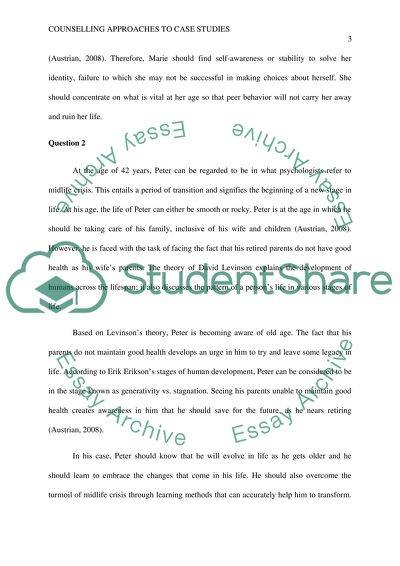Cite this document
(“Counselling approaches to case studies Essay Example | Topics and Well Written Essays - 3000 words”, n.d.)
Retrieved from https://studentshare.org/psychology/1401781-counselling-approaches-to-case-studies
Retrieved from https://studentshare.org/psychology/1401781-counselling-approaches-to-case-studies
(Counselling Approaches to Case Studies Essay Example | Topics and Well Written Essays - 3000 Words)
https://studentshare.org/psychology/1401781-counselling-approaches-to-case-studies.
https://studentshare.org/psychology/1401781-counselling-approaches-to-case-studies.
“Counselling Approaches to Case Studies Essay Example | Topics and Well Written Essays - 3000 Words”, n.d. https://studentshare.org/psychology/1401781-counselling-approaches-to-case-studies.


